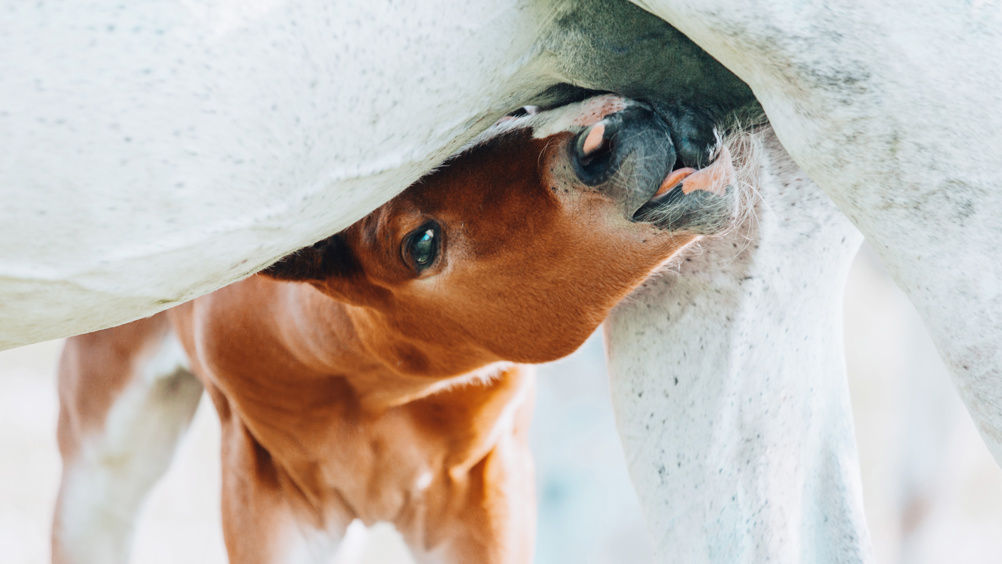References
The developmental behaviour of foals and its relevance to husbandry. Part 1: the first 3 months

Abstract
The veterinary team frequently encounters foals as inpatients and during ambulatory duties, and thus play a key role in providing help and education to breeders. Having a good understanding of foal development from birth, weaning and beyond can have a significantly positive impact on the foal's future behaviour and quality of life. Equines behaving in a calm, safe manner is for the enjoyment of equestrian activities and is in the economic interests of those professionally involved. Successful management includes equipping the foal with a robust musculoskeletal system, healthy selective grazing behaviour, encouraging good social skills and safe behaviour around human handlers, all while promoting good quality of life for the young horse. This article is the first of two applying the research on foal behavioural development to good practice in the management and training of foals. This article covers the first 3 months of the foal's life, including socialisation and early handling and management of the foal, the second will cover the evidence surrounding weaning practices.
Foals are commonly encountered as inpatients, either as the primary patient or where the dam is the primary patient (Harniman, 2021). Larger numbers of mares and foals are also seen by vets for preventative care or reproductive services. Veterinary professionals are highly regarded sources of reliable, evidence-based information and advice, and the aim of this article is to provide the most up-to-date research and its practical application. How foals are managed and handled affects their future behavioural responses. Getting foal handling right promotes future desirable behaviour and safeguards horse welfare (King et al, 2019). This article examines the development and husbandry of foals from birth to 3 months of age.
Crowell-Davies (1986a) identified three developmental stages: the dependent period from birth to 3–4 weeks, the socialisation period from 2–3 months and the stabilisation period from 4 months onwards. Boy and Duncan (1979) also identified a pre-weaning period in the last month before natural weaning, where foals have another rapid shift in behaviour. The stabilisation period, the pre- and post-weaning periods and methods of weaning will be discussed in the second article.
Register now to continue reading
Thank you for visiting UK-VET Equine and reading some of our peer-reviewed content for veterinary professionals. To continue reading this article, please register today.

